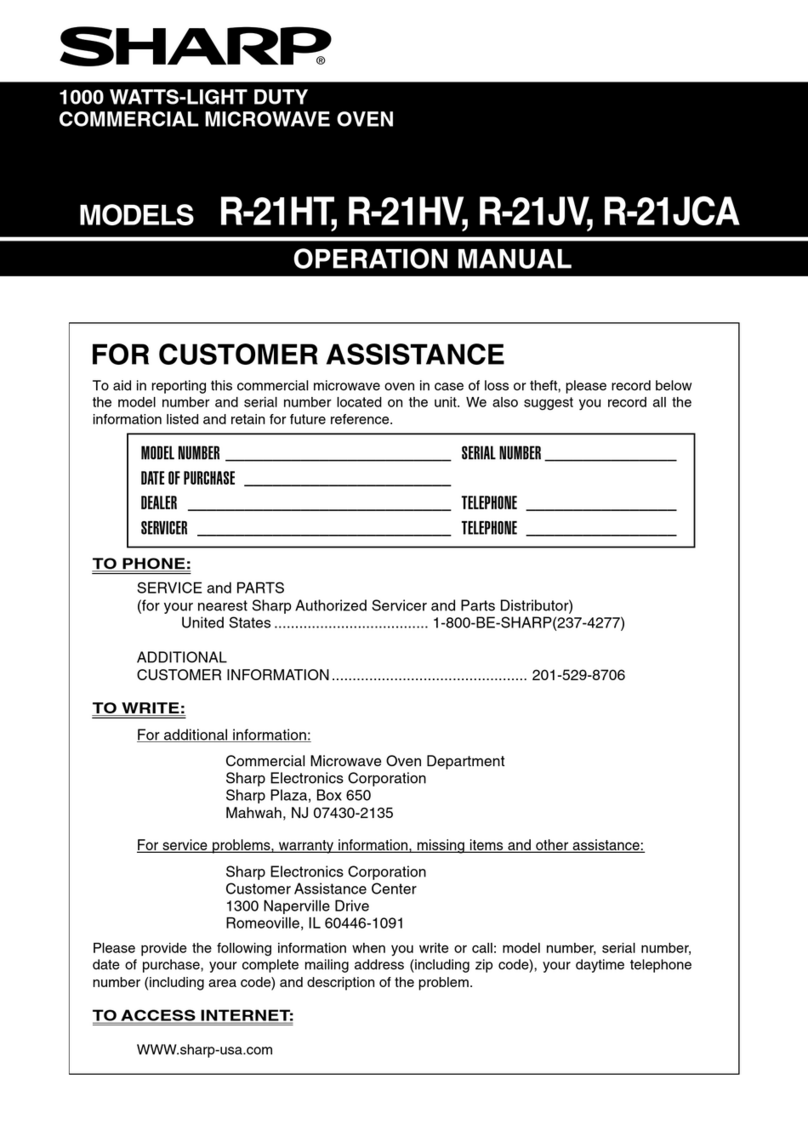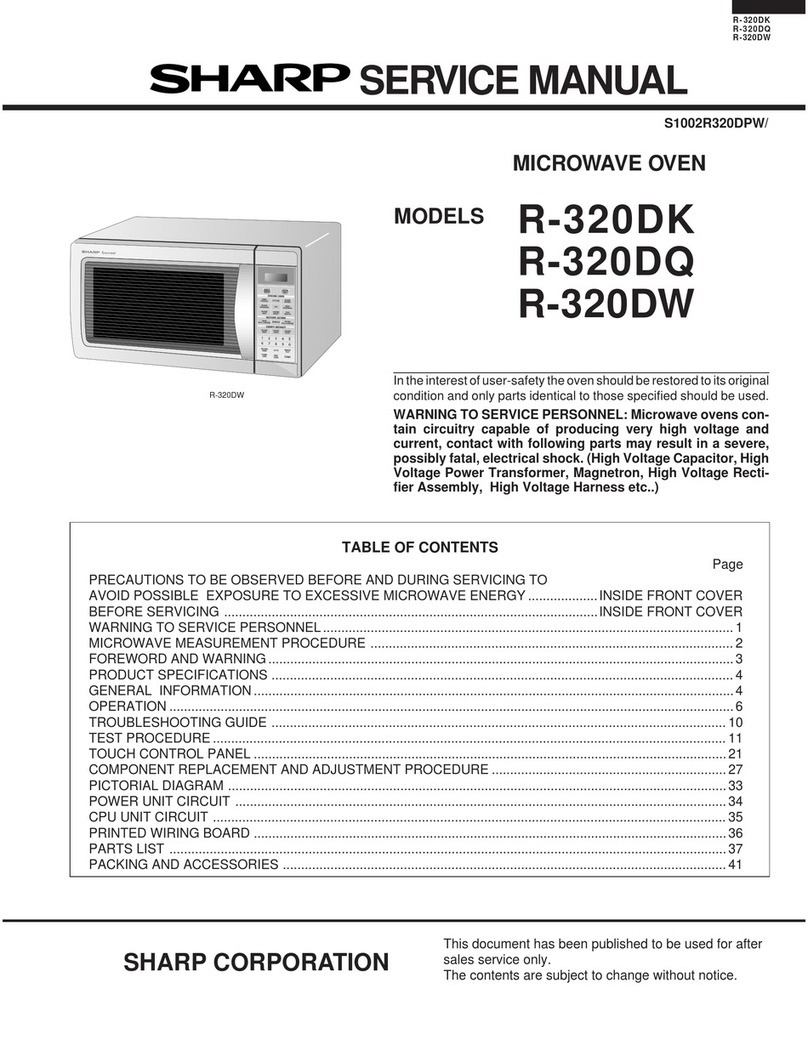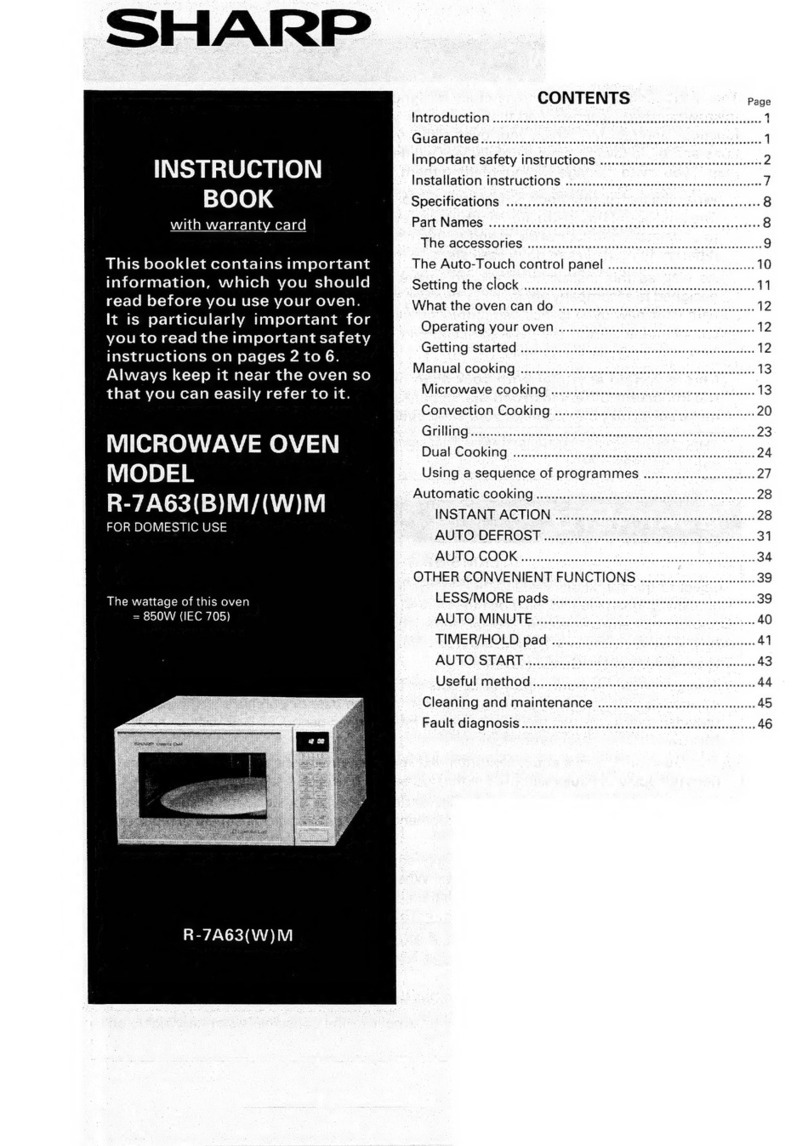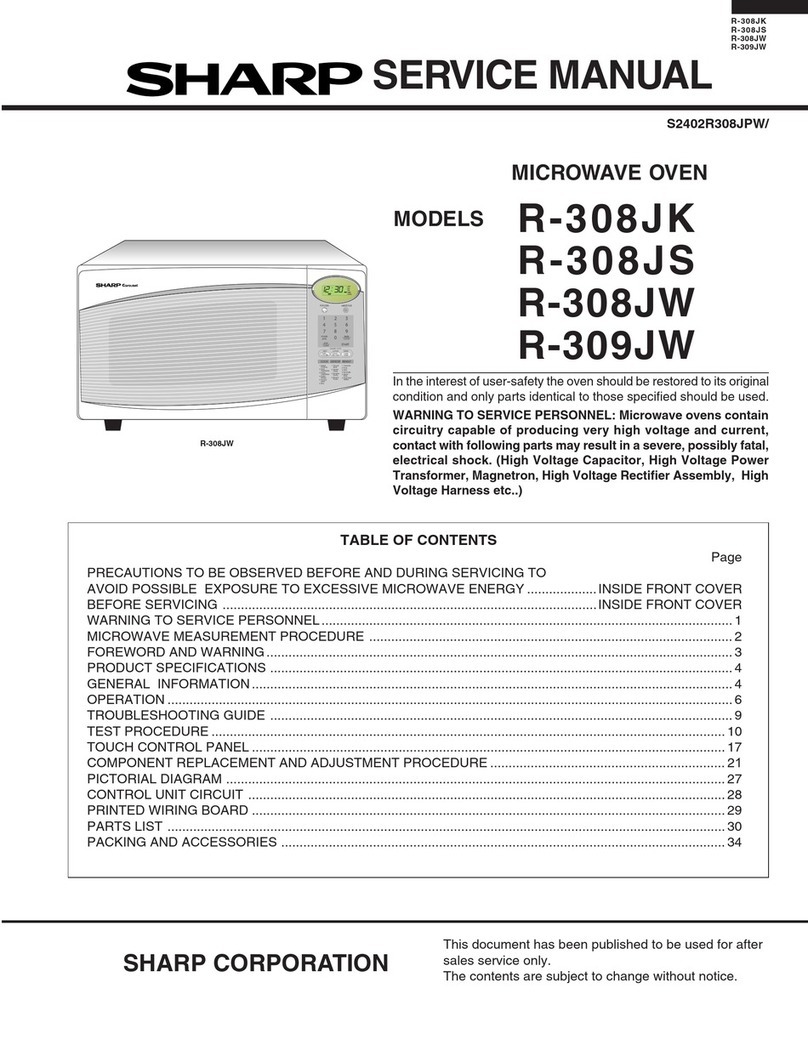Sharp R-7370 User manual
Other Sharp Microwave Oven manuals
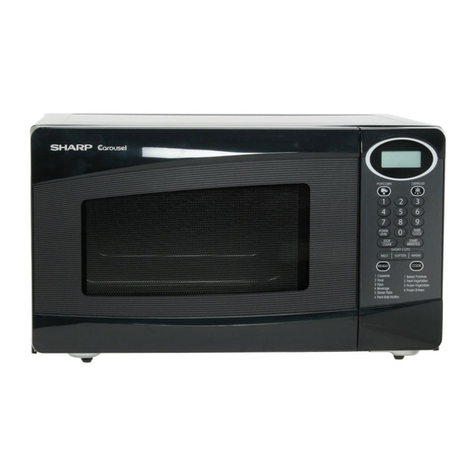
Sharp
Sharp R-230KK User manual
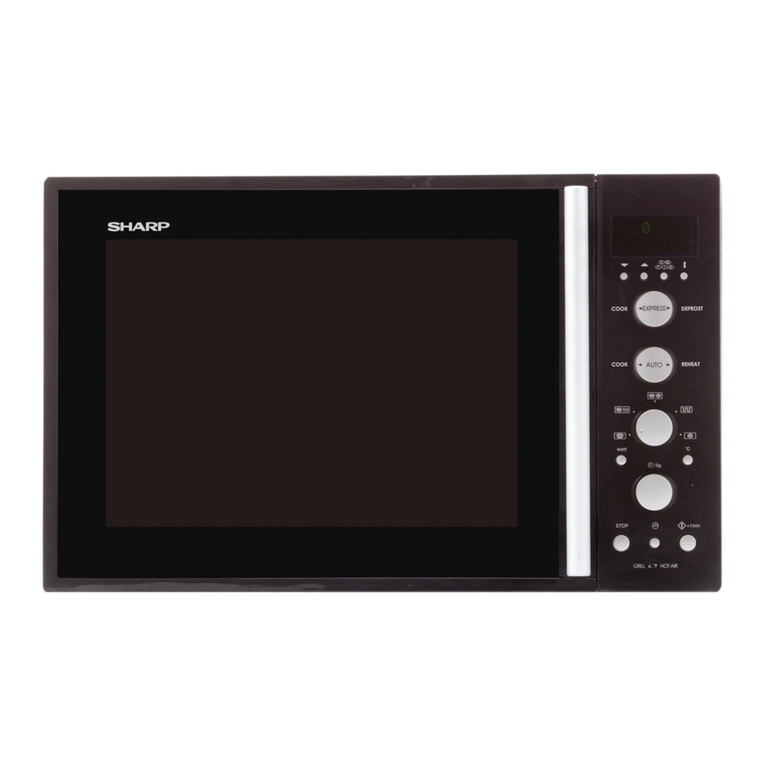
Sharp
Sharp R-931 User manual
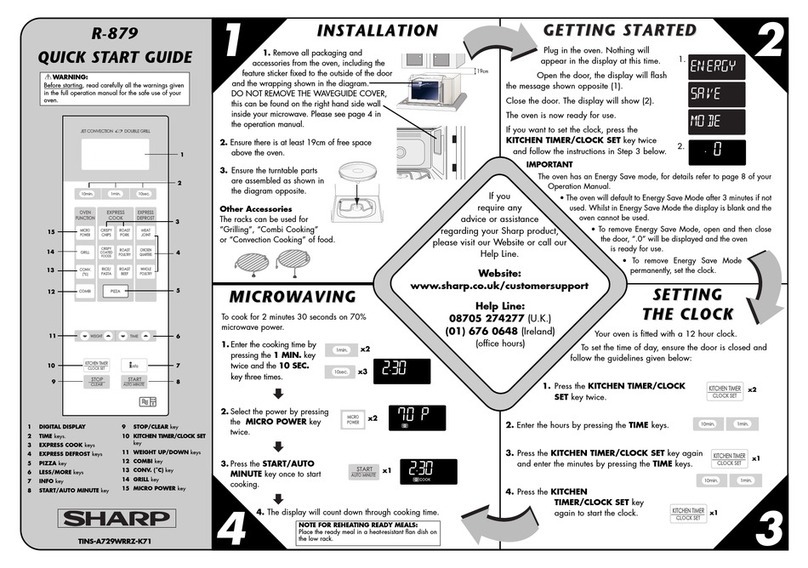
Sharp
Sharp R-879 User manual
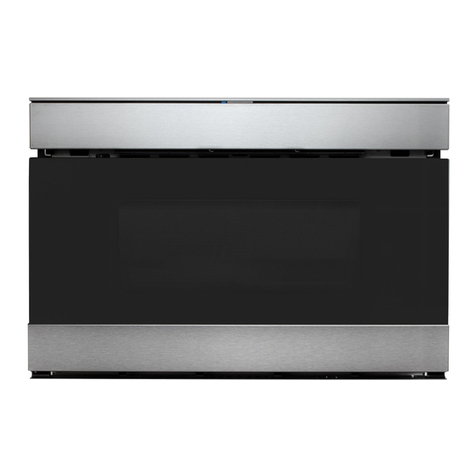
Sharp
Sharp Microwave Drawer SMD2489ES User manual
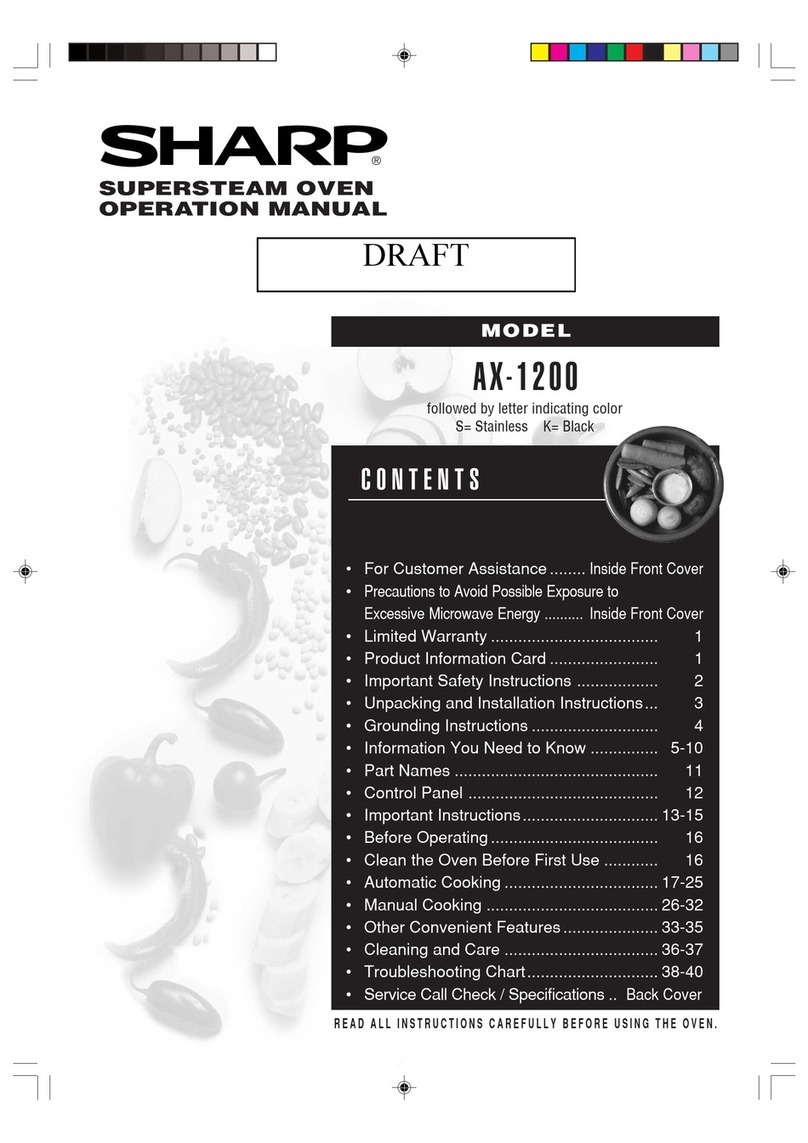
Sharp
Sharp SuperSteam AX-1200K User manual

Sharp
Sharp R-852N User manual
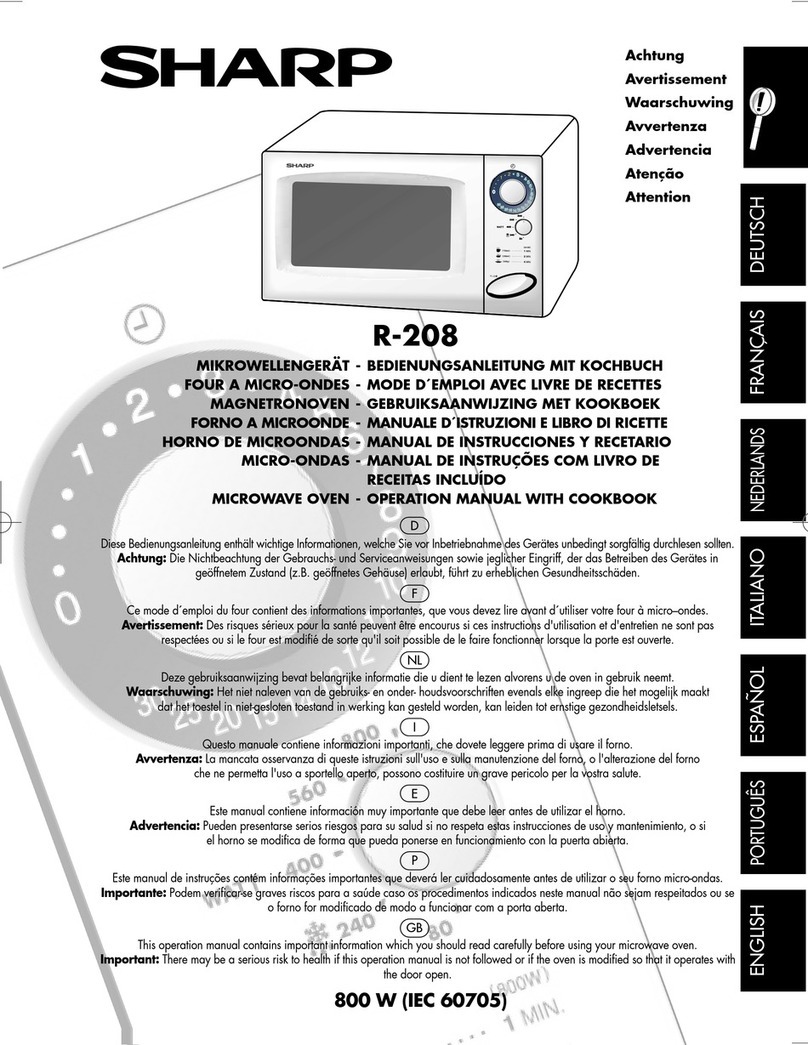
Sharp
Sharp R-208 Instruction Manual
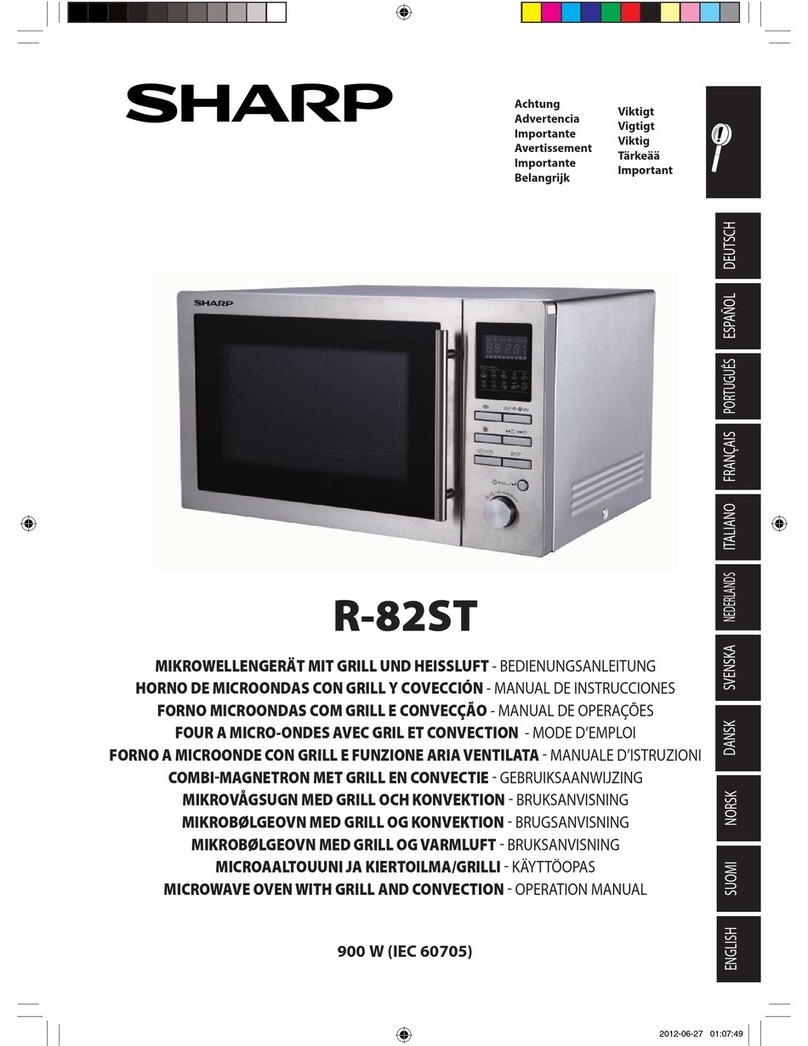
Sharp
Sharp R-8ST User manual

Sharp
Sharp R-390B User manual

Sharp
Sharp Carousel SMC0912BS User manual
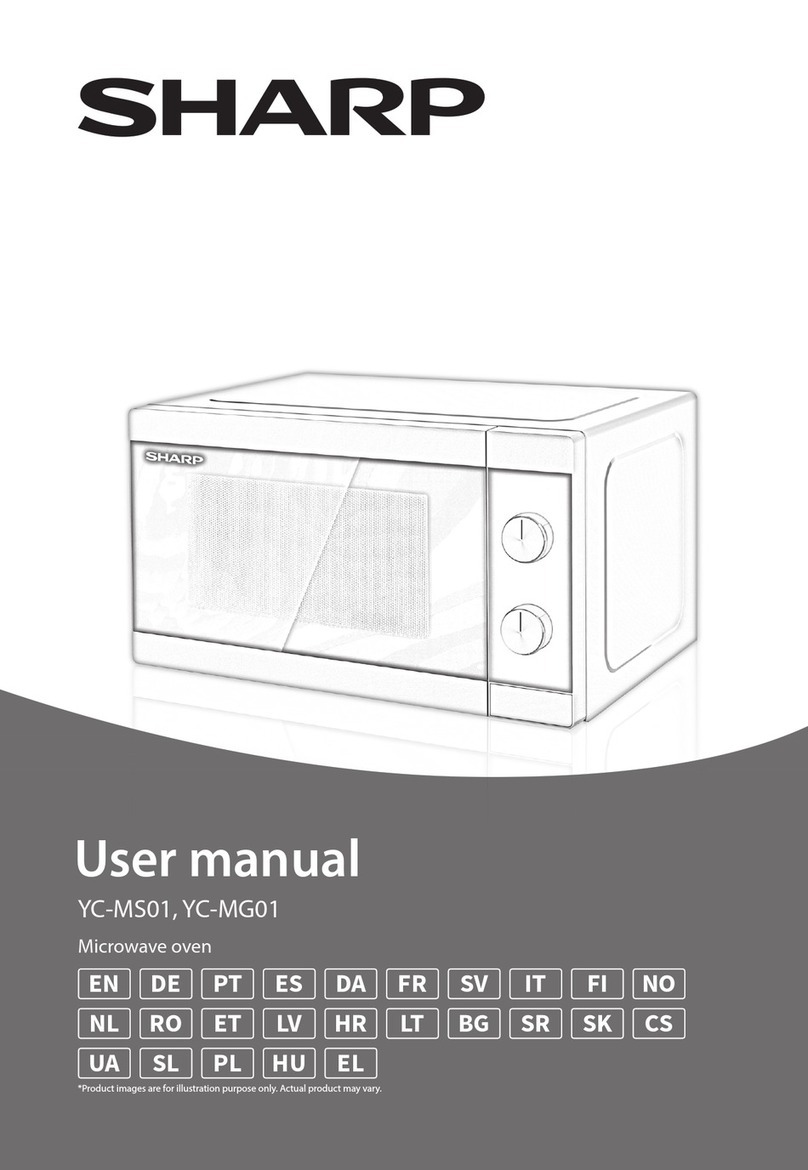
Sharp
Sharp YC-MS01 User manual
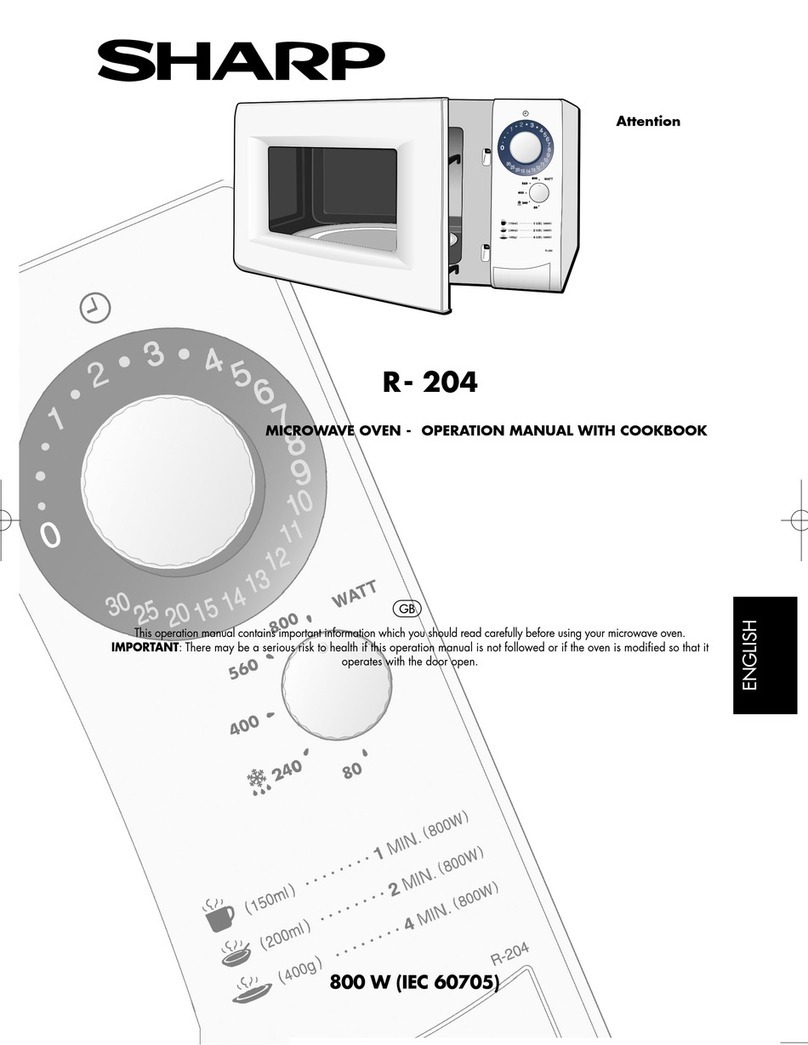
Sharp
Sharp R-204 Instruction Manual
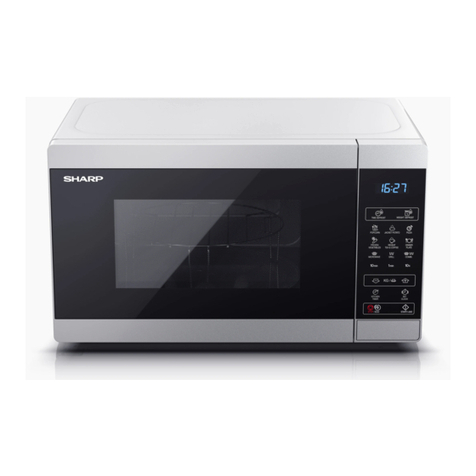
Sharp
Sharp YC-MG02E-S User manual
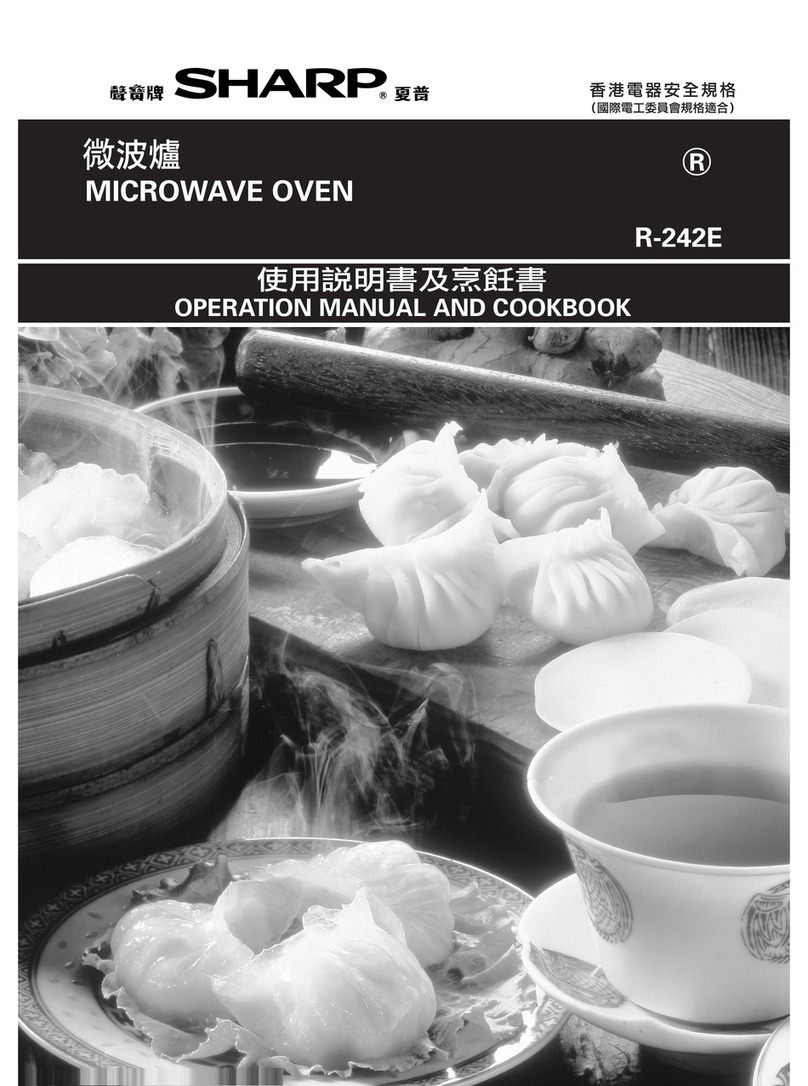
Sharp
Sharp R-242E User manual
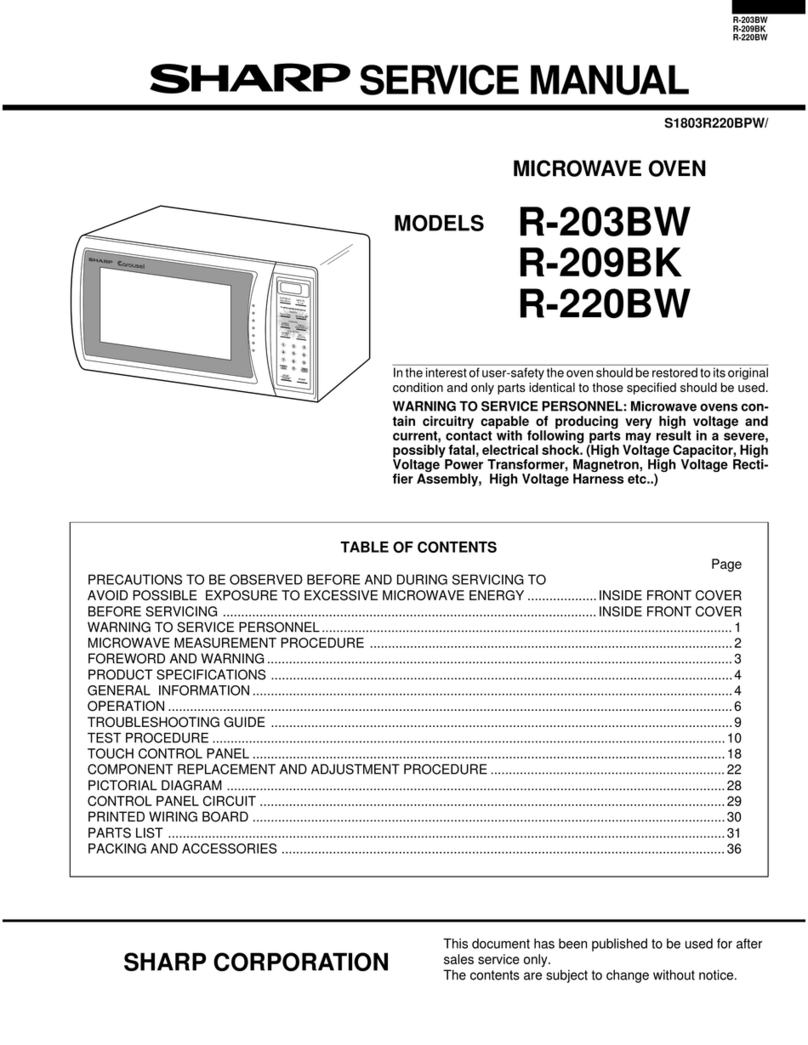
Sharp
Sharp R-203BW User manual

Sharp
Sharp R-28STM User manual
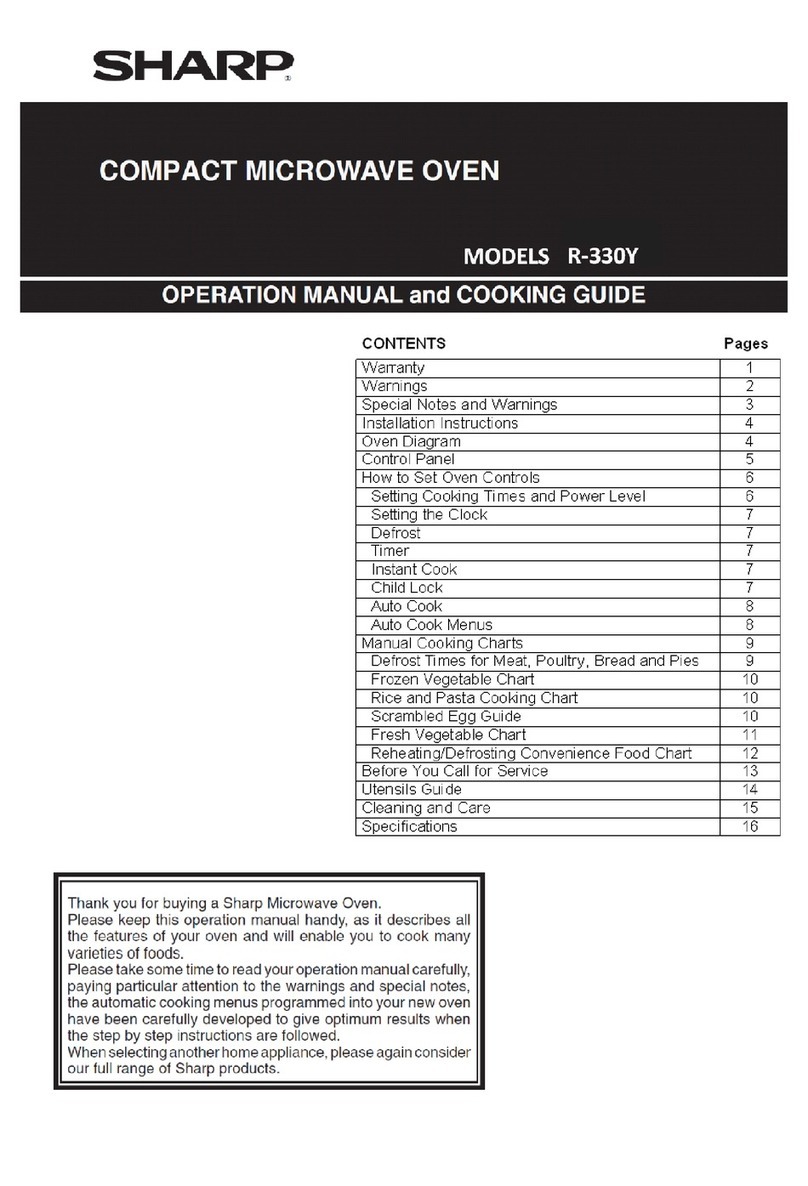
Sharp
Sharp R-330Y Use and care manual

Sharp
Sharp EL-310TB User manual

Sharp
Sharp R879SL User manual
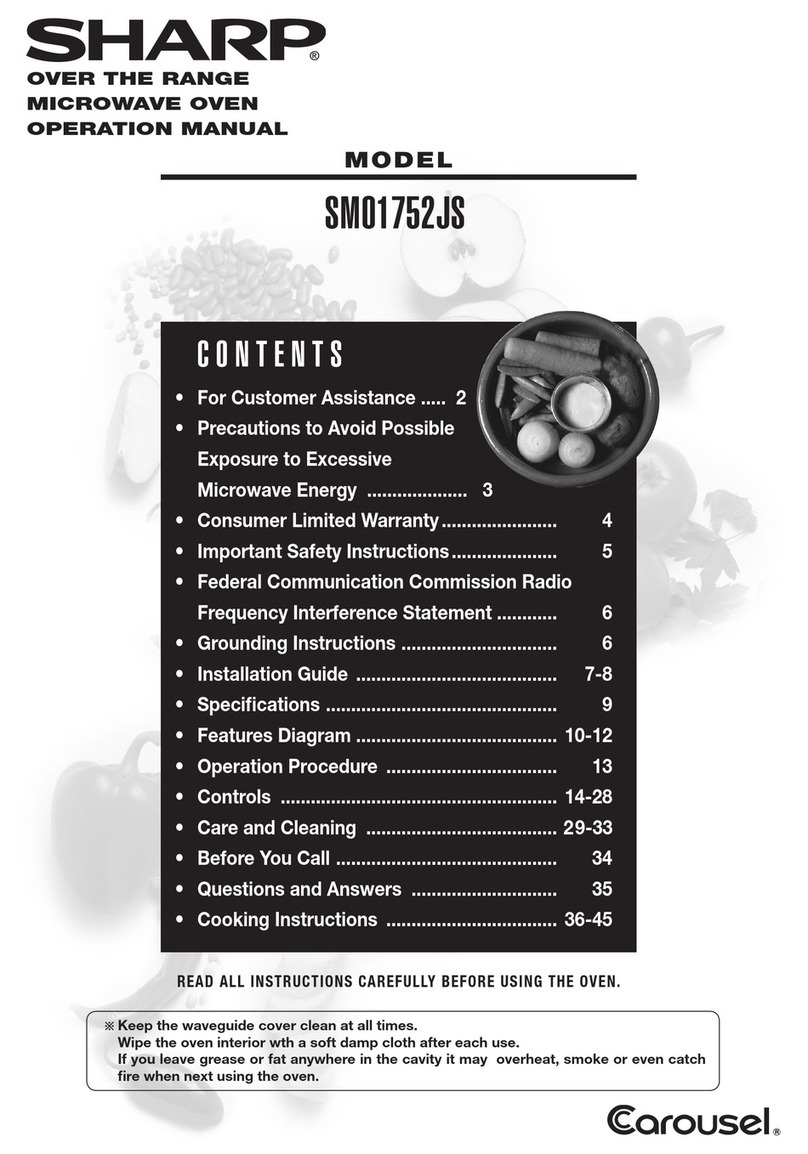
Sharp
Sharp SMO1752JS User manual
Popular Microwave Oven manuals by other brands

GE
GE Spacemaker JVM1440BH datasheet

DAEWOO ELECTRONICS
DAEWOO ELECTRONICS KOR-6L8K5S83 Operating instructions & cook book

DAEWOO ELECTRONICS
DAEWOO ELECTRONICS KOR-1N5A9S Operating instructions & cook book

Daewoo
Daewoo KQG-6617G Operating instructions & cook book

Samsung
Samsung M1779 Owner's instructions

GE
GE JES1143 Use and care & cooking guide

Miele
Miele H6200BM(TB) Operating and installation instructions

Jocel
Jocel JMO011480 instruction manual

Electrolux
Electrolux EVL8E00X user manual

STOVES
STOVES Q900GRF DO User, installation & servicing instructions

Daewoo
Daewoo KOR-6L0B3S Operating instructions & cook book

KitchenAid
KitchenAid KCMS1555 Use and care guide
